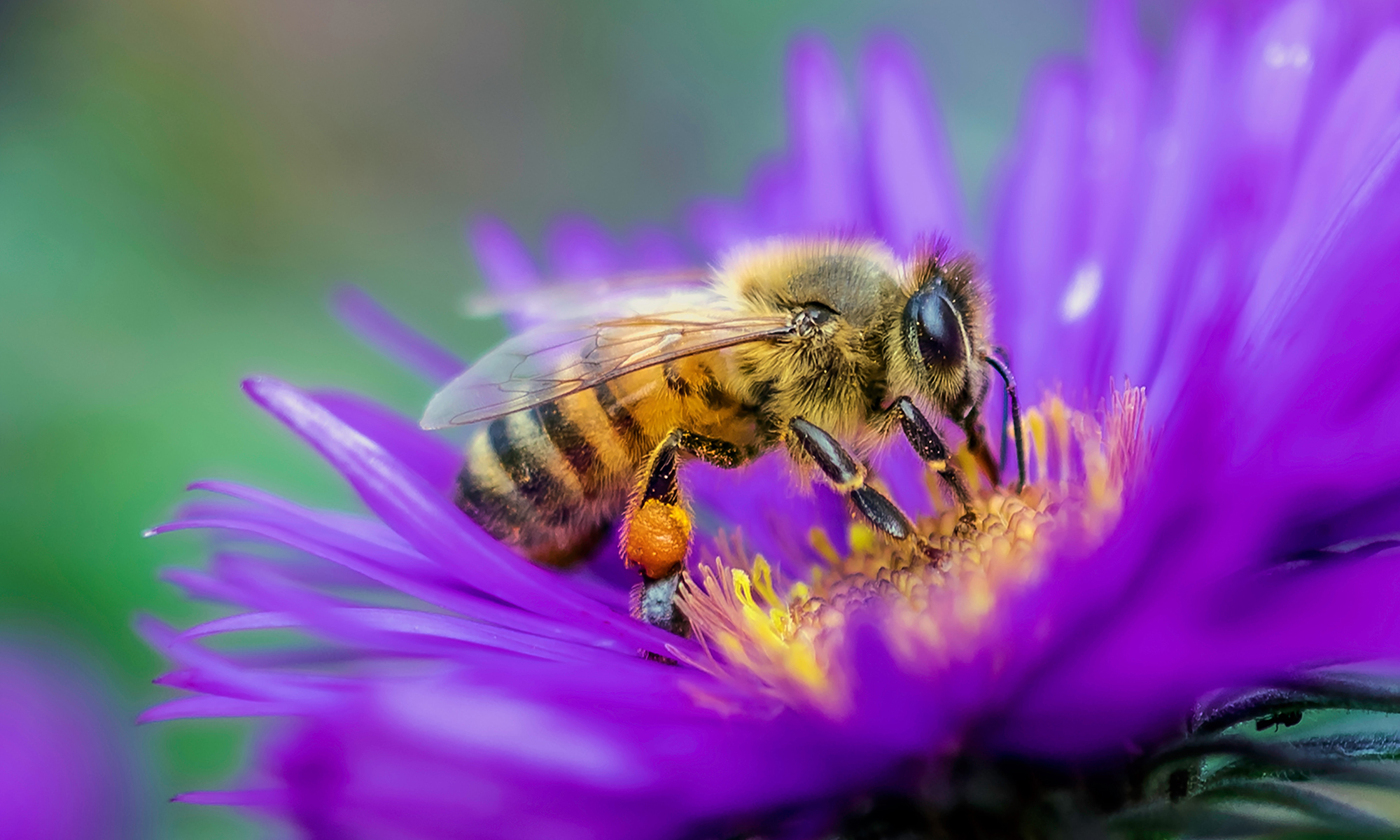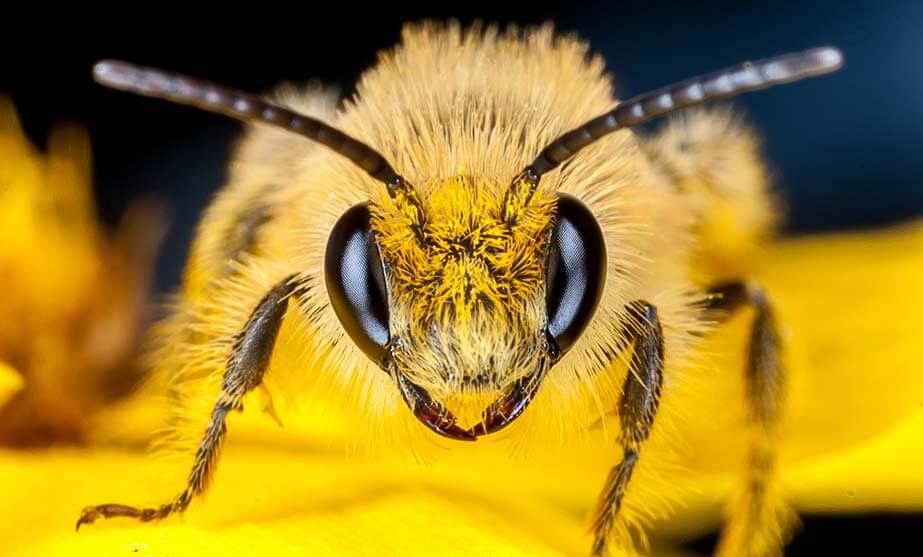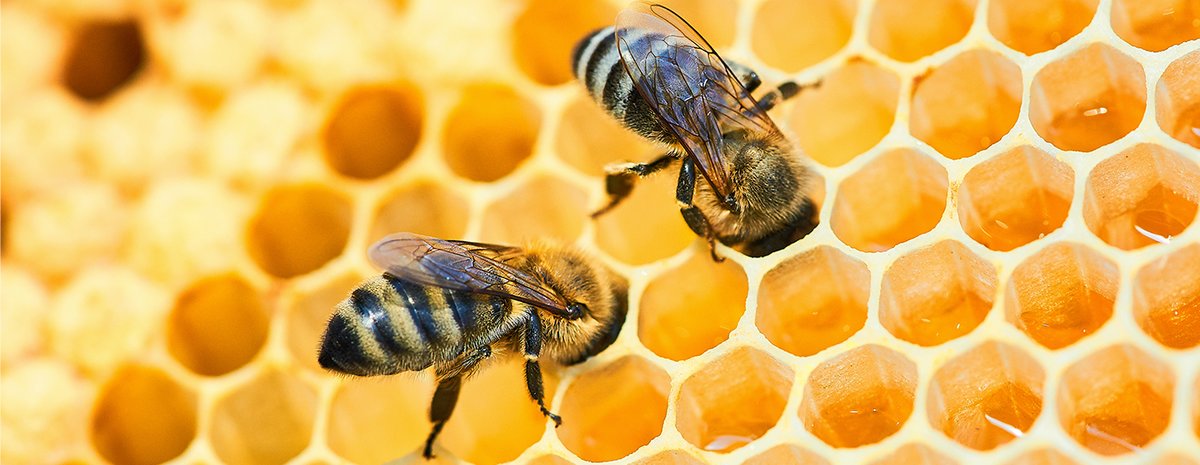keystone species, bees are answerable for sustaining ecosystems and billions of bucks in crops annually.

Let bee stings be bygones
Did you know?
Bees are therefore necessary to our food system one out of each 3 bites of food we tend to eat is because of them.
Bees transfer spores between flowers as they collect nectar and spore to feed their young and themselves. This method, known as fertilization, is significant for the copy of most flowering plants—including several fruits, vegetables, and dotty that we tend to eat.
In us, bees cross-pollinate the $15 billion price of crops annually, together with apples, blueberries, cherries, melons, and almonds.
Globally, bees cross-pollinate $235 billion price of crops annually.
Bees aren’t simply necessary for crops—they’re additionally key to the health of untamed ecosystems. as an example, bees cross-pollinate the plants that give food to fish, birds, and different animals.
Bees are in bother
Habitat loss is another major threat to bees. As development destroys wild areas, there are fewer places for bees to search for the food and shelter they have.
Bees are under threat from parasites and diseases, which might unfold quickly through bee populations.
What you'll be able to do to assist bees

Do honeybees from different hives get along?
Honeybees are known for their gregarious behavior and their capability to reside in colonies or hives. Within a hive, bees work together and have an exact scale, with each freak having a special part to play in the plantation. still, when it comes to relations between bees from nonidentical hives, the situation can be relatively nonidentical.
In general, honeybees from nonidentical hives don't get on well. When two groups of bees from nonidentical hives come into connection with each other, they will frequently fascinate in ambitious behavior, similar to fighting, chasing, and surcharging. This is because honeybees are fiercely territorial and will defend their hives against any perceived pitfalls, involving other bees.
There are several reasons why honeybees are consequently territorial. For one, the plantation's survival depends on the bees' capability to cover their hive and its coffers, similar to food and water. also, honeybees have a daedal message system that allows them to send and receive messages from other bees in their hive. This system helps them to conciliate their conditioning and respond to pitfalls snappily and efficiently.
That commodity spoke, there are some expostulations to the rule. In certain portions, honeybees from nonidentical hives may be more patient with each other. For illustration, when a plantation is prepping to swarm, some of the bees may leave the hive and form a temporary package on a near tree branch. During this time, bees from nonidentical hives may join the mass and work together to detect a new hive position.
There are several belongings you will do to assist bees, including:
1. Planting flowers and different plants that bees prefer to visit.
2. Avoid exploiting pesticides and different chemicals in your garden or yard.
3. Depart some areas of your property wild, so that bees have an area to nest and forage for food.
4. Supporting native beekeepers by shopping for their honey and different merchandise.

1. Bees are superb creatures that play a crucial role within the system.
2. There are many various varieties of bees, every with its distinctive characteristics.
3. Bees are necessary pollinators and facilitate to confirm that plants will reproduce.
4. sadly, bees face several challenges together with environmental loss and chemical use
Bees are superb creatures that play a crucial role in our system. They cross-pollinate plants and facilities to supply our food. sadly, bees are in peril of turning extinct thanks to a spread of things, together with environmental loss and chemical use. we will all facilitate avoiding wasting bees by planting bee-friendly gardens, avoiding the utilization of pesticides, and supporting organizations


0 Comments